6 Ways to Get Better Cell Phone Reception in Your Home
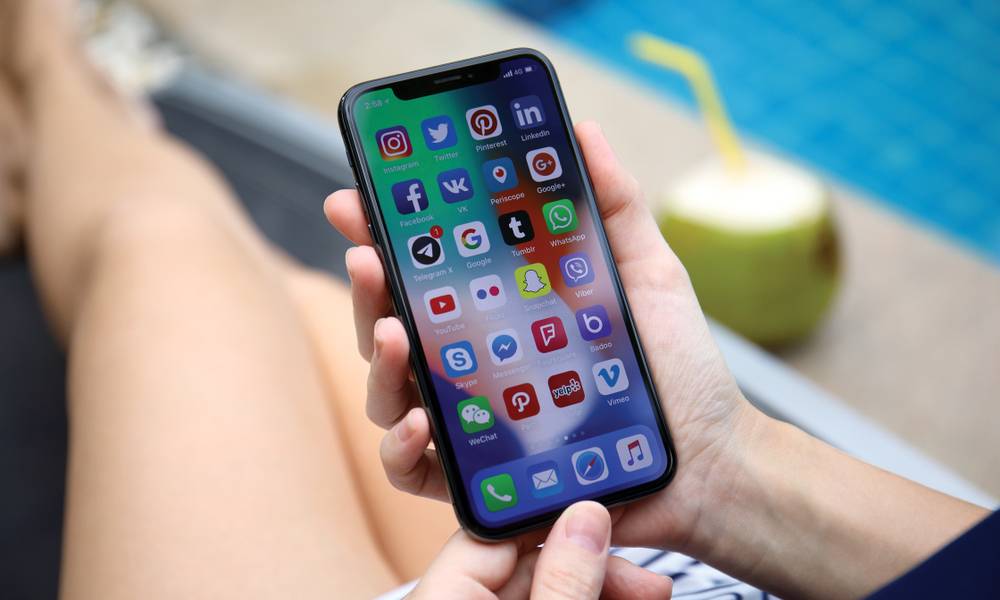 Credit: Denys Prykhodov / Shutterstock
Credit: Denys Prykhodov / Shutterstock
Dealing with a bad cell phone signal is hard enough when you're out and about. But a poor signal when you're at home? That's intolerable. So if your phone is dropping calls or cutting out even in the safety of your own home, it's time to do something about it.
And no, we don't mean placing one of those "cell signal boosting" stickers that look like a transparent chip on the back of your iPhone either. Nor will we recommend attaching an external antenna to your iPhone (that just sounds silly).
Here we'll dive into real ways you can improve the cellular service in your home. But it's important to keep your expectations in check and consider the following:
Some factors in cell phone signals/service you just can't change.
- For example, other radio wave signals can distort your connection, but you aren't likely to turn off the Wi-Fi router in your house every time you get a call.
- Likewise, it may not be possible to move to a new location just so you're closer to a cell tower or in a building that is friendlier to signals.
- It's also important to note that not all of the proposed solutions will work everywhere, because when we say "improve the cell service in your home" we really mean in your home.
But there are plenty of changes you can make, some easier and more cost-efficient than others. Use the right arrow to browse the most effective solutions for improving that signal before it drives you crazy.
6 First, Try Taking the Case Off of Your iPhone
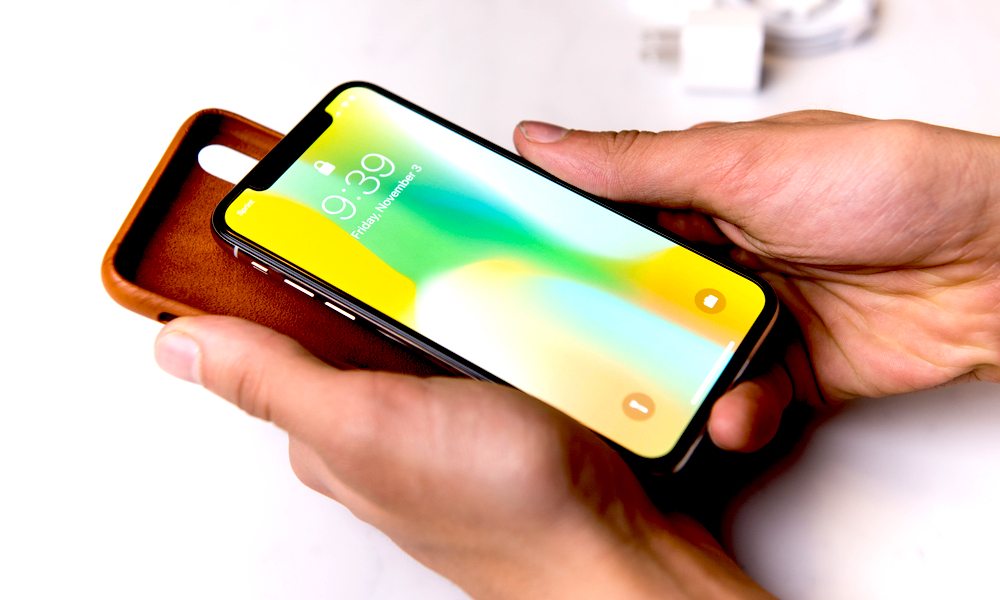
Image via Anna Hoychuk / Shutterstock
We know it sounds like an odd place to start, but do us a favor and try it out. Bulky cases can muffle sound and impede reception, most commonly if the case is made of (or features) metal.
So trying taking your case off for a few days, just to test it out. If you notice a significant difference, and continued improvement in your cell reception, then it's likely that the case posed a problem. You'll need to replace it with a better version, or get used to case-free living. The good news is that, other than the potential cost of a new case, this is a very affordable solution.
5 Reset Your Settings
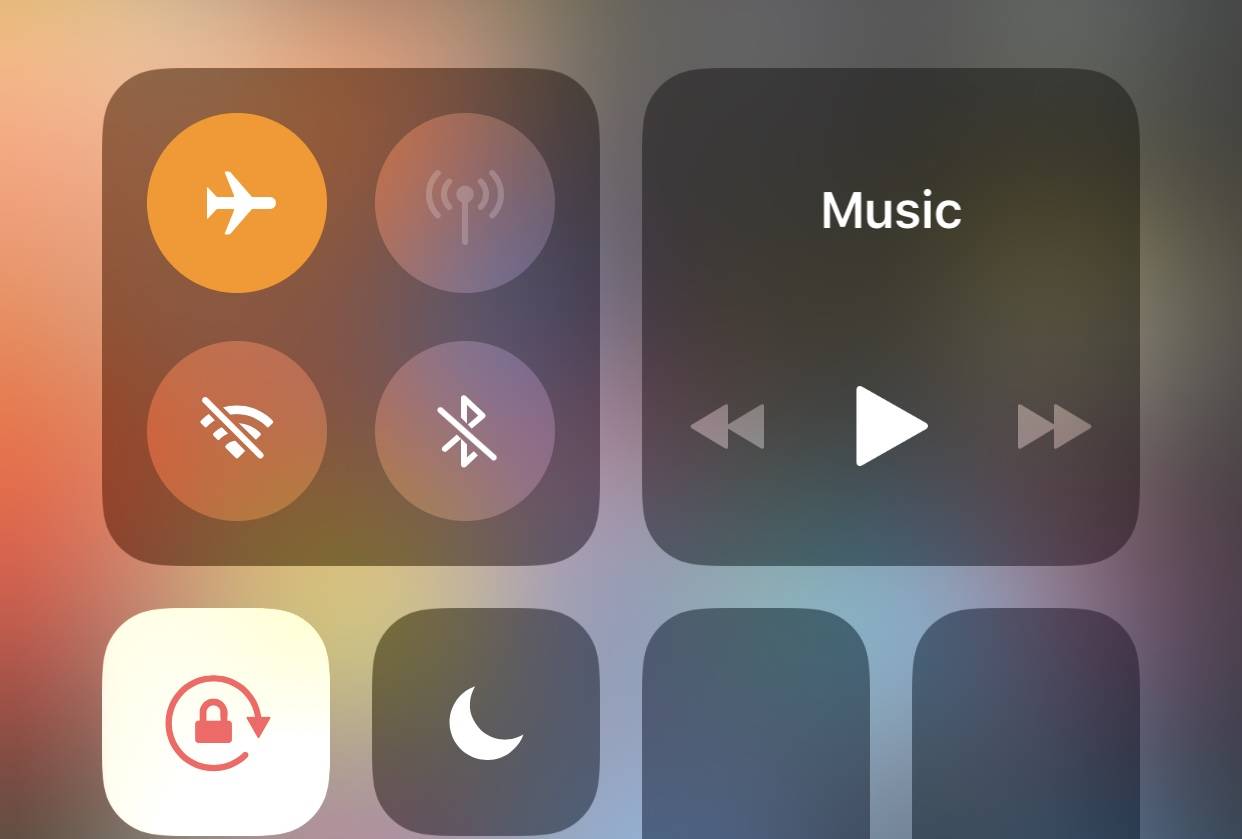
On the simplest level, head to Settings and flick Airplane Mode on and off. Or turn Airplane mode on and off from your iPhone's Control Center. This will force your phone to try reconnecting to find a signal, and may solve your issues.
Double check to see if you have any operating system updates to make – this can also help clear up any bugs or problems that may have been interfering with your signal.
You can also try resetting your network settings (on iPhones, you can find this option in Settings > General > Reset > Reset Network Settings), although this may take at least a few minutes to reconnect.
4 Use Wi-Fi Calling
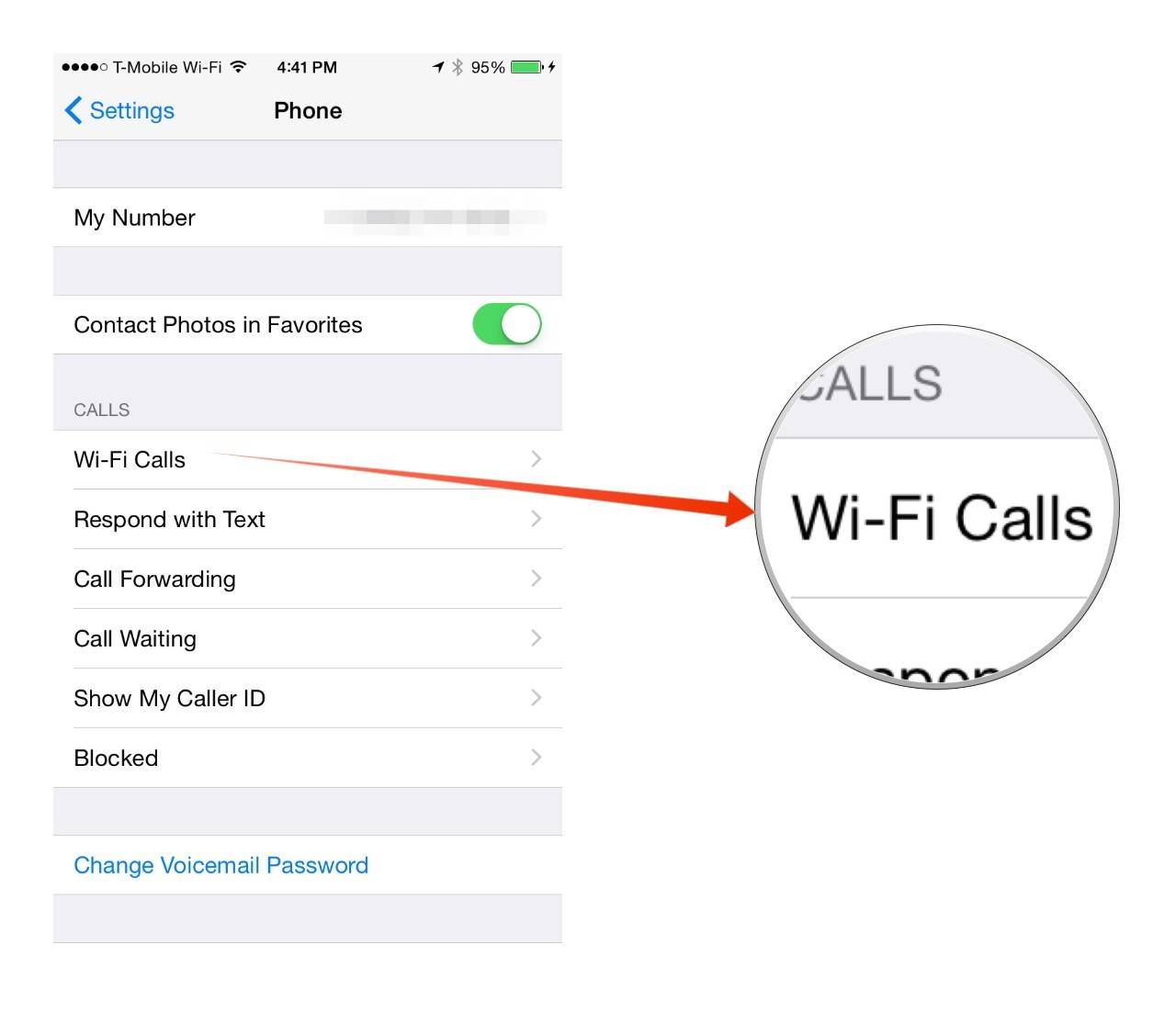
Image via Apple Support
Wi-Fi calling basically allows you to use your home Wi-Fi network to place calls, a bit like a wireless VoIP option. If you get poor data and signal reception, your Wi-Fi could be a much better option.
Most major carriers offer the ability to switch to Wi-Fi calling right on your device. But it may cost extra, so contact your carrier for details.
Head to Settings > then tap Phone. The Wi-Fi calling feature is typically located here. And remember, this setting works best if you have a strong Wi-Fi signal with plenty of bandwidth.
3 Invest in a Cell Phone Signal Booster
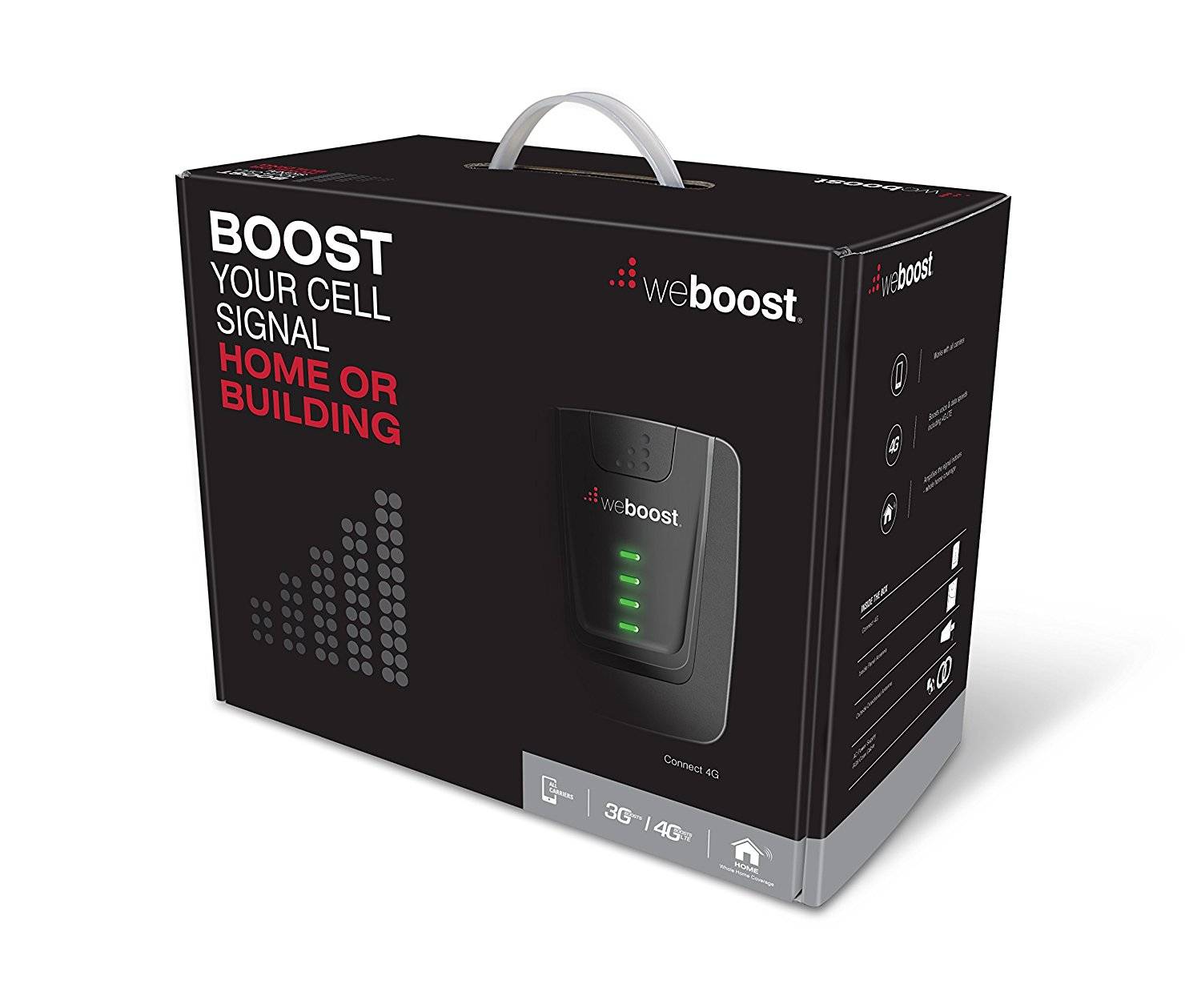
A cell phone signal booster is a device that takes the signal aimed at your home and exaggerates it while cleaning up distortion when possible, rebroadcasting it as a strong signal throughout your home.
You set up these boosters up similarly to how you set up Wi-Fi routers, plus a couple more parts to install (minus a necessary internet connection): They can prove an excellent remedy if your signal suffers from distortion issues or dead zones. Plus, there are many different kinds you can buy based on your own needs.
The downside of a signal booster is that it can be an expensive option. A good booster can easily cost $100 to $200 or more, so it's a more significant investment. However, it's worth visiting your carrier’s website and seeing if they offer any deals on specific signal boosters. It's important to get a booster that works with your provider, and this is a good way to save some money, too.
2 Buy a Femtocell
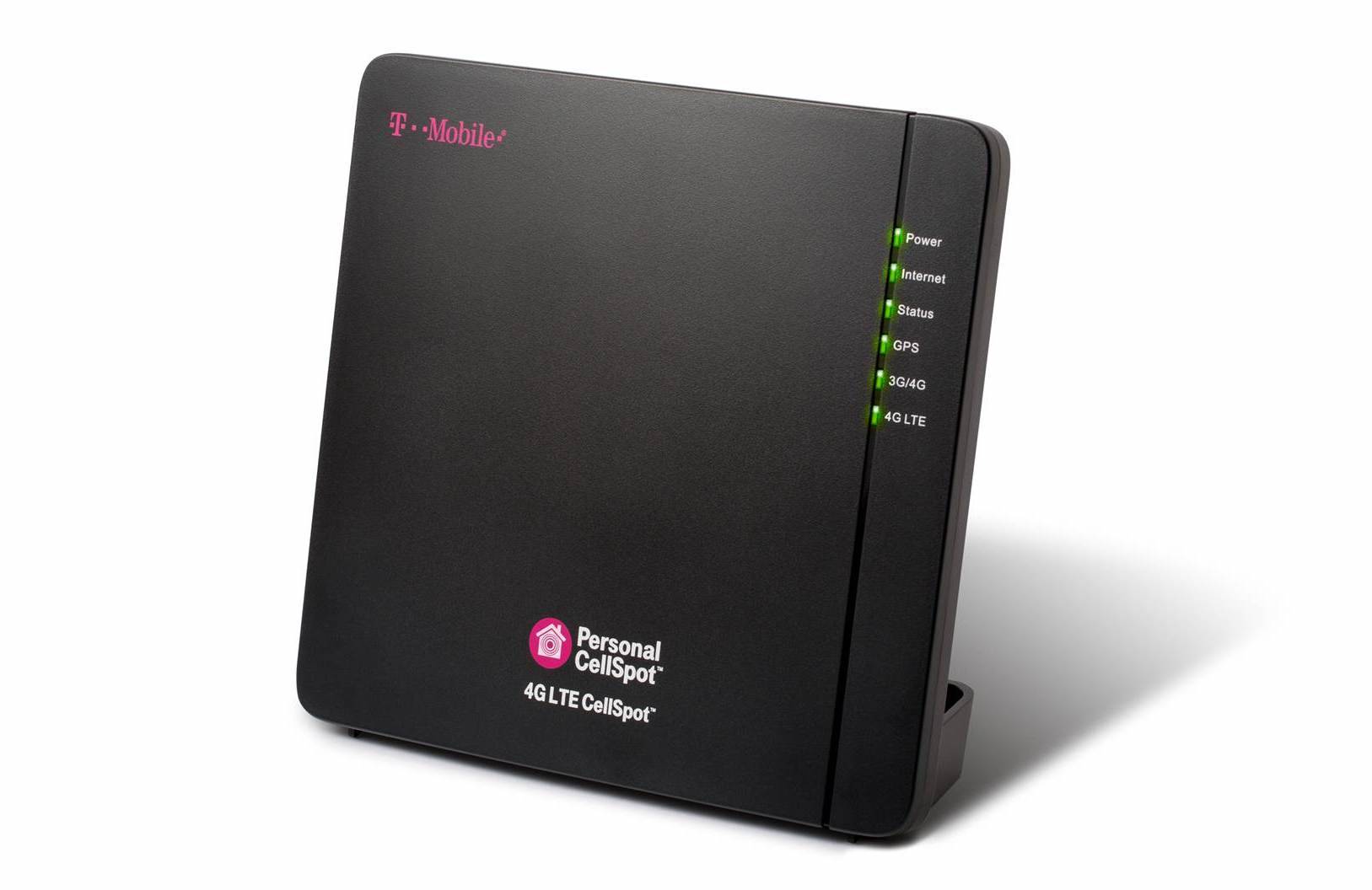
A femtocell is a device that also enhances the signal in your house, albeit in a very different way. These devices connect to the internet and then create their own Wi-Fi based connection, which they pair to a specific phone in range. If you don't have the option to enable Wi-Fi calling, a femtocell is the hardware version of the solution, and can be very useful if signal strength is particularly horrible or nonexistent at home.
The issue with femtocells is that they are becoming harder to find as Wi-Fi calling and other solutions have grown more popular. Some major carriers like Sprint, Verizon, and T-Mobile still offer them, but you may have spend a little time looking. Here's a full list of the femtocells that are still sold. Remember, you have to match the femtocell with your carrier!
1 When All Else Fails, Look Into Switching Carriers
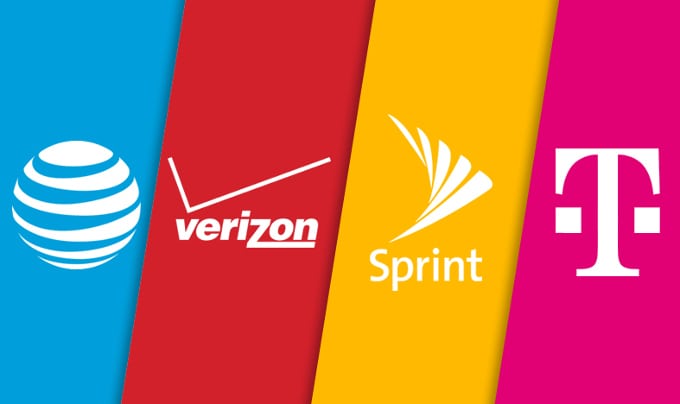
Maybe your carrier just doesn't have towers close enough or in the right positions to reach your home properly. If you are really tired of poor signals, consider examining the cell phone towers in your area to see if any carrier uses a tower that is closer or in a better position (not blocked by hills or buildings, etc.).
If it looks like you can significantly improve your signal by switching services, it may well be worth the opportunity. Look for deals, discounts, and carriers that will cover your cancellation fees: There's a lot of savings to be found!
